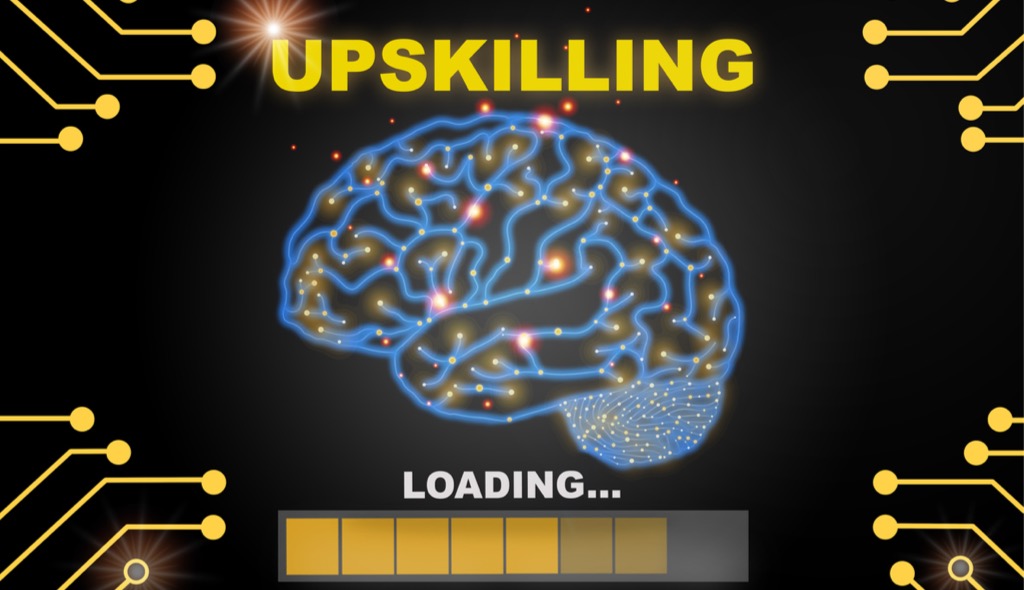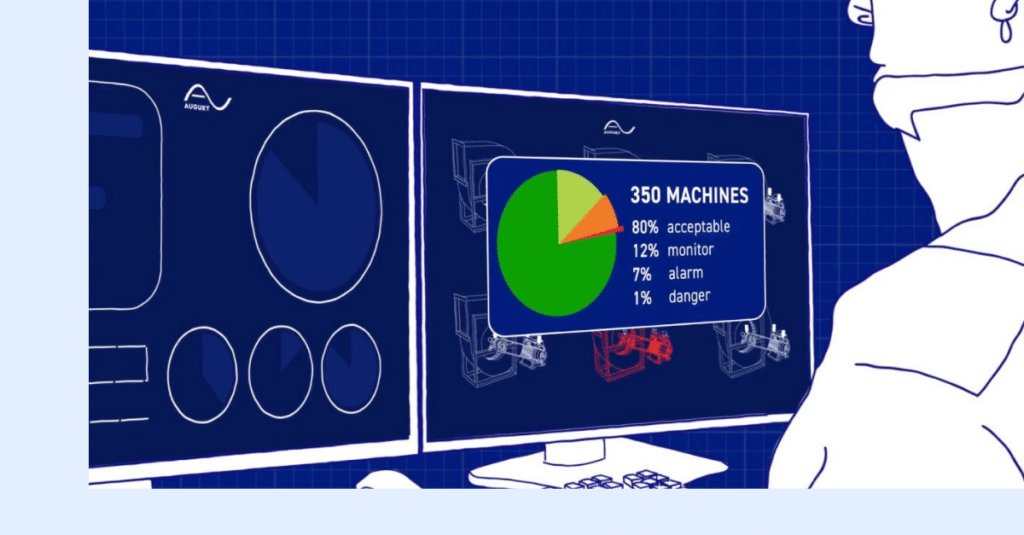
Advanced machine health technology shouldn’t replace workers on the ground. Instead, it should enhance their work and enable stronger decision-making abilities. As leaders implement new technology for digital transformation in manufacturing, they must also focus on workforce transformation by enabling teams with important new skills.
Machine health monitoring offers incredible potential to accelerate digital transformation in manufacturing, but this exciting technology is nothing without the personnel on the factory floor turning it into tangible operational improvement.
Watch this video to learn more about machine health technology.
However, maintenance teams have been doing their jobs without AI or data for years. Many might see the implementation of advanced technology as a threat to their jobs or an affront to their capabilities. The first step in successfully incorporating machine health technology is to assure them this is not the case.
Show workers how advanced tools can free up their time on routine tasks and create more capacity for problem-solving, innovative thinking, and offering more value to the company than ever before. From there, it’s about equipping them with the right skills to realize that value:
1) Data-informed decision-making
Machine health monitoring can offer incredible advantages, but only if maintenance personnel are comfortable utilizing the data it generates to guide their decisions. Sensors will produce all kinds of information, and AI can take that raw data and digest it down to a more usable form. Still, maintenance teams will need the core skills to make sense of a chart or graph and decide on the best course of action.
We often refer to this concept as workforce transformation. Maintenance workers don’t need to become full-on data scientists, but they do need to understand what machine health data means when presented in a digestible way. To build this skill, start by looking at a decision they need to make and then assembling available data to help inform the direction.
When workers realize that machine health data is augmenting their own experience instead of dictating a course of action, most manufacturing maintenance personnel will quickly become adept at using it.
2) Advanced collaboration
Manufacturing companies have on-site and remote stakeholders. Basic collaboration could simply be having a list of these people to run decisions by, but more advanced collaboration is a continuous improvement process. Maintenance teams can offer vital data that improves decision-making up and down the organization by disseminating machine health information to the most relevant stakeholders.
How can you improve collaboration skills? For one, you need to free up your personnel from reactive or time-based work as much as possible, and you can only really do that with insights. Armed with AI, manufacturing maintenance teams can be more predictive and prescriptive, turning their attention toward collaboration and creating a flow of information throughout the manufacturing operation.
For example, if AI insights show that a bearing on a machine will break soon, technicians can collaborate with inventory management personnel well ahead of time to ensure they’ll have the parts they need to make the repair.
Get in touch to learn more about how Augury can advance collaboration at your company.
3) Precision
What maintenance personnel used to do should change now that they have access to machine health monitoring and AI in manufacturing. Instead of conducting a regular teardown and replacement of a machine’s most vital parts, for example, they’ll want to be more specific about their actions. That could mean replacing just a set of bearings or an oil filter, getting the machine back up and running quicker and saving money on unnecessary replacement parts.
By leveraging machine health data, personnel can also be more precise about running a machine to yield optimal productivity and reliability figures. Maybe they notice production flaws and have to realign a machine with a laser, or they might use a more secure thread locker when bearings are more than 50% worn and begin to cause additional vibrations.
Your most seasoned maintenance personnel will already be used to calling on their considerable experience and intuition to solve problems and optimize production. Demonstrating how machine health monitoring technologies can contribute to that cause, however, can spur them to be even more precise with their operation.
Although new machine health technologies hold exciting potential, these solutions shouldn’t take center stage for digital transformation in manufacturing. Instead, implementing technology should be about enabling people at all levels, especially employees on the front lines. Technology can help create efficiencies and improve production capabilities, but only to the degree that it unlocks the potential for better decision-making for the human beings on the shop floor.
The people who actually touch the machines in your organization have the deepest understanding of them, so every technological implementation should be about enabling these individuals to deepen that understanding. Unlocking the full extent of their experience will ensure that the whole organization can benefit from it, allowing the benefits of machine health to scale far and wide.
To learn more about how Augury’s machine health solutions can boost your business, get in touch today.




